We like vintage tools and stress testing around here, so this entry from YouTube garage guru Project Farm is 100% up our alley. This YouTuber got his hands on some classic socket wrenches (including one Snap-On that appears to be 100 years old), and since he was curious how they’d compare to their modern equivalents, he put all six of them through a series of tests to see how they stack up—and in the case of the vintage tools, how well they’ve held up over the years.
He starts off with a swing arc test to see just how much rotation you get from each crank of the wrench. The expensive modern Snap-On is the winner, requiring just a hair over 20 clicks to complete a full rotation; the SATA and 1980s SK brought up the rear with 24 clicks each, with the GearWrench falling to 4th at 23.9. Based on the host’s comments, it seems that particular GearWrench has lost a step or two since he first purchased it.
Better wrenches not only get you more rotation for each tick, but are tight enough that they should predictably grab teeth with every swing of the handle. Increased slop in the GearWrench and vintage SK Tools held both back in this test.
From there, it’s on to the “back drag” test. If you’ve ever been using a socket wrench on a loose fastener and had the socket rotate backwards while you were winding it up, you’re familiar with the concept. The less back drag, the better. And sure enough, the vintage Snap-On leads off with an excellent result, with only half as much back drag as its brand-new equivalent, and the SK Tools wrench that was so badly kicked around in the first test rose to second here. The sloppy modern GearWrench finished dead last.
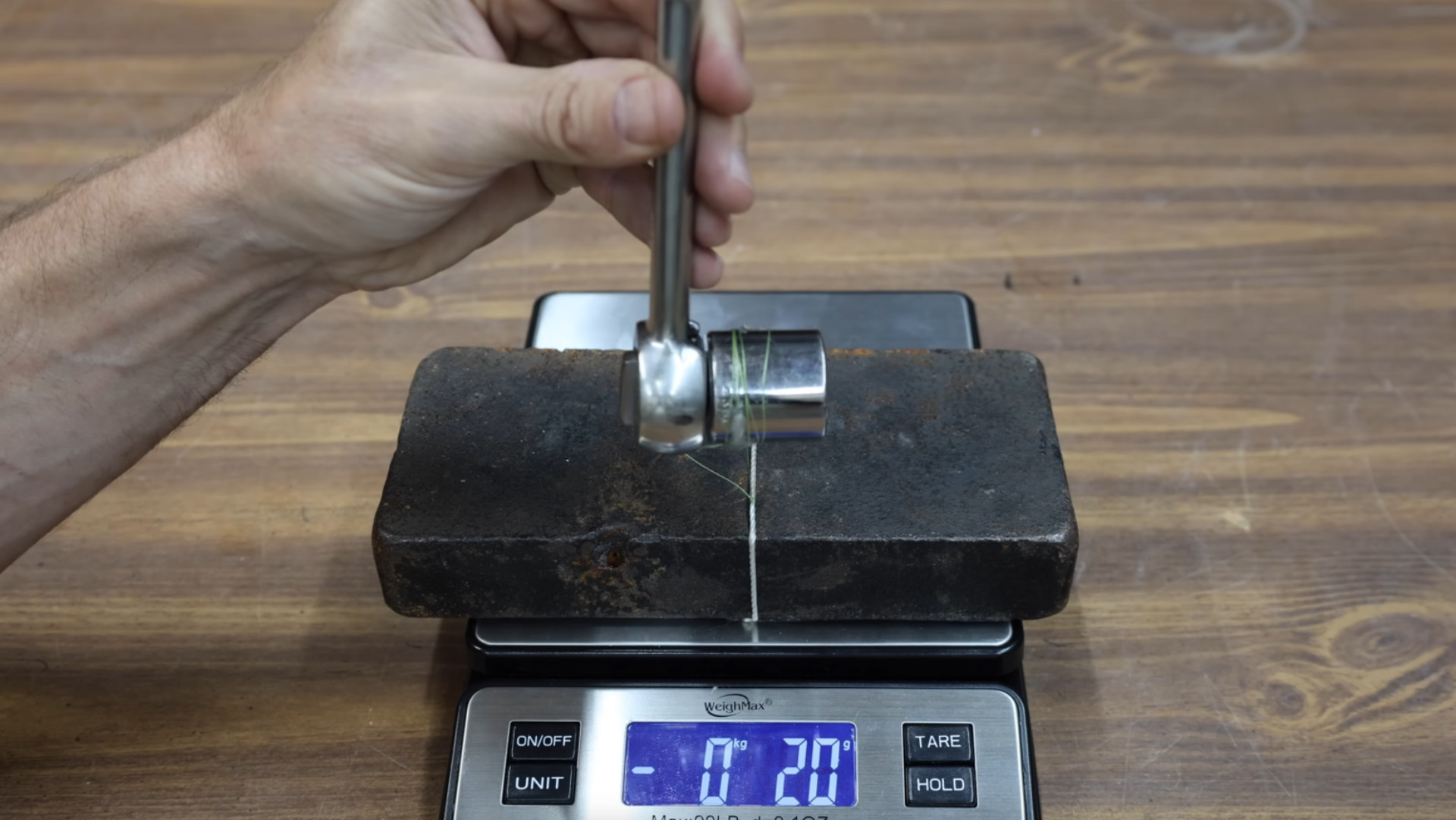
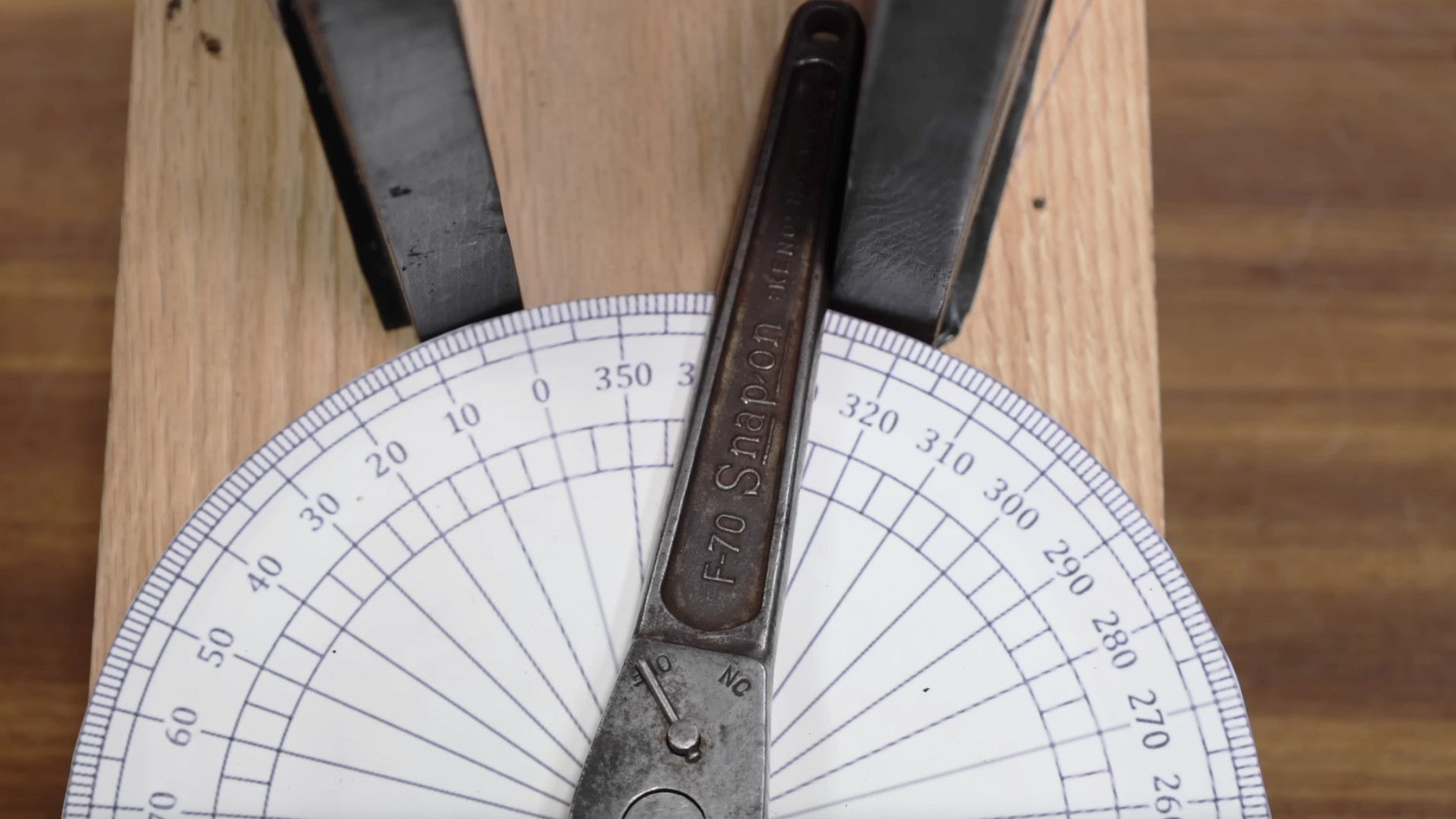
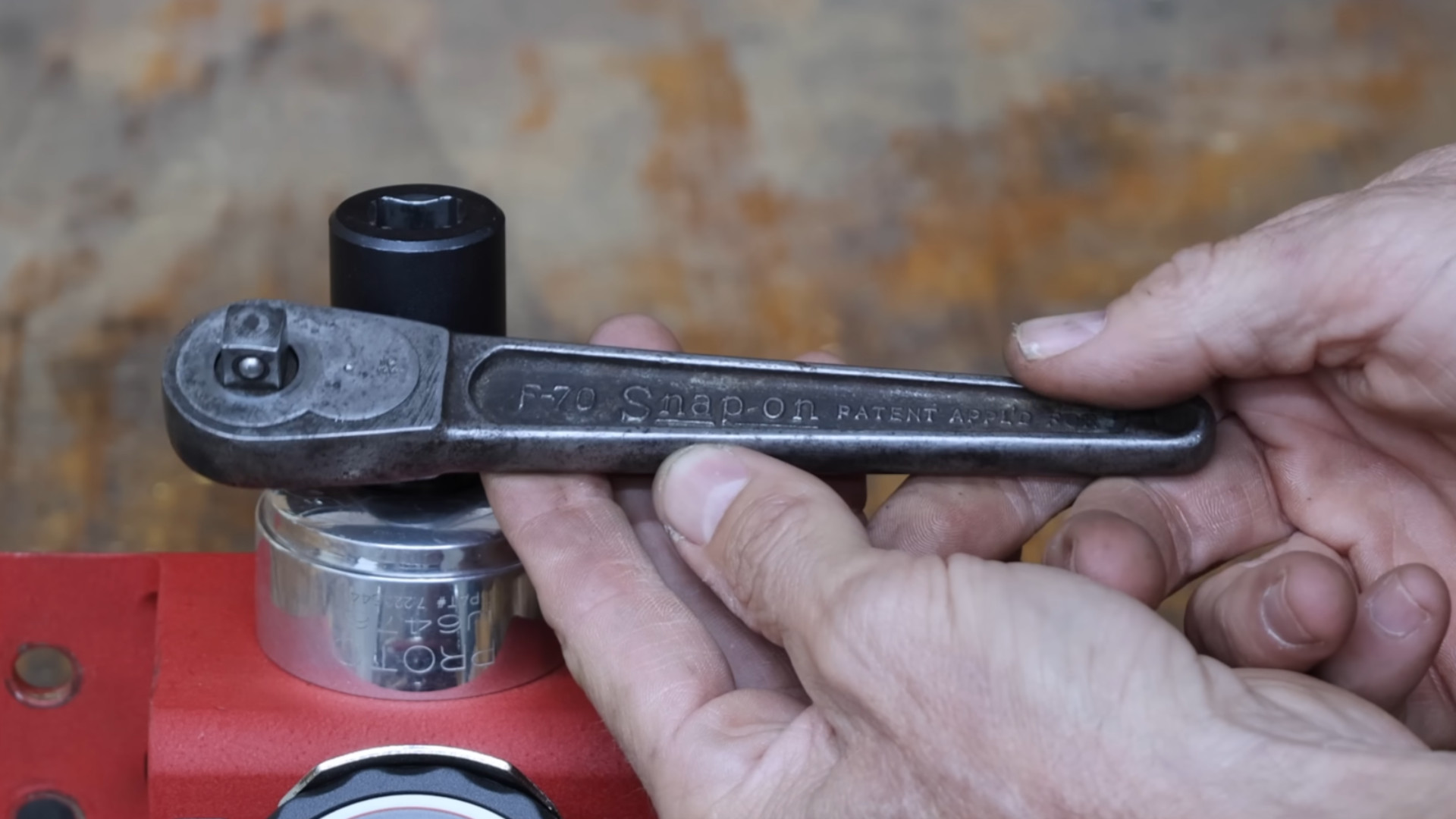
The next test measures how easily the wrench’s rotation direction can be flipped, measured by the force required to toggle the gearbox switch. A lower force is a better result here, though from experience, I’ll caution that this cuts both ways when you’re working in tight spaces and the toggle is easily nudged. The finishing order here is similar to the back drag test, with the vintage Snap-On leading the pack and the GearWrench trailing by a good margin.
After that, we get a dimensional comparison that rewards the sockets with shallower head designs capable of fitting into tighter spaces. The modern wrenches have a decent showing here, benefiting from decades of design innovation, but the vintage Snap-On still comes in second to its modern counterpart, and only barely.
With all of that out of the way, it’s time for a little bit of carnage. Yep, next comes failure load testing. If mechanical gore makes you squeamish, you may want to stick with our summary below, because the survival rate for this next section is a big, fat goose egg.
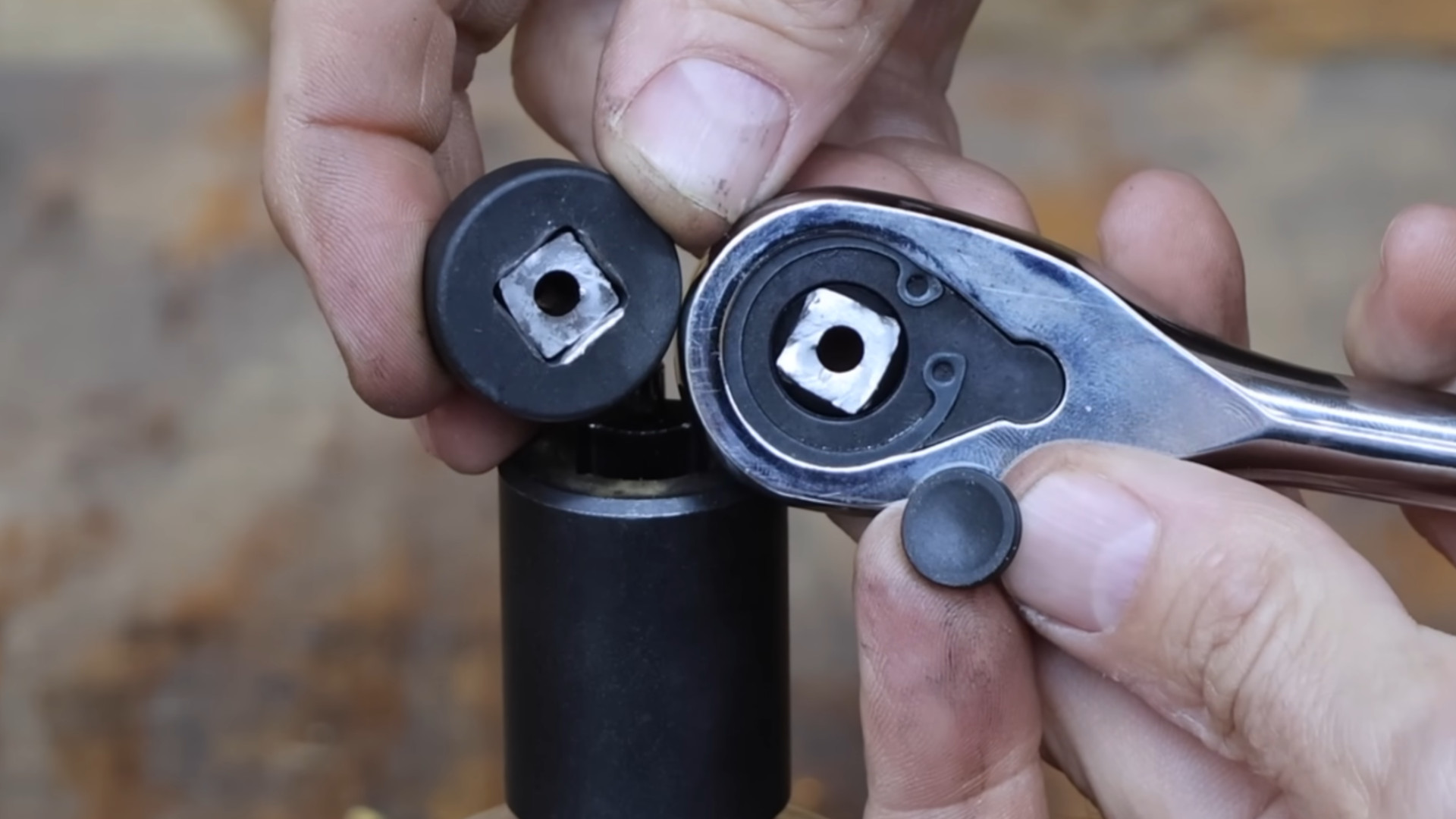
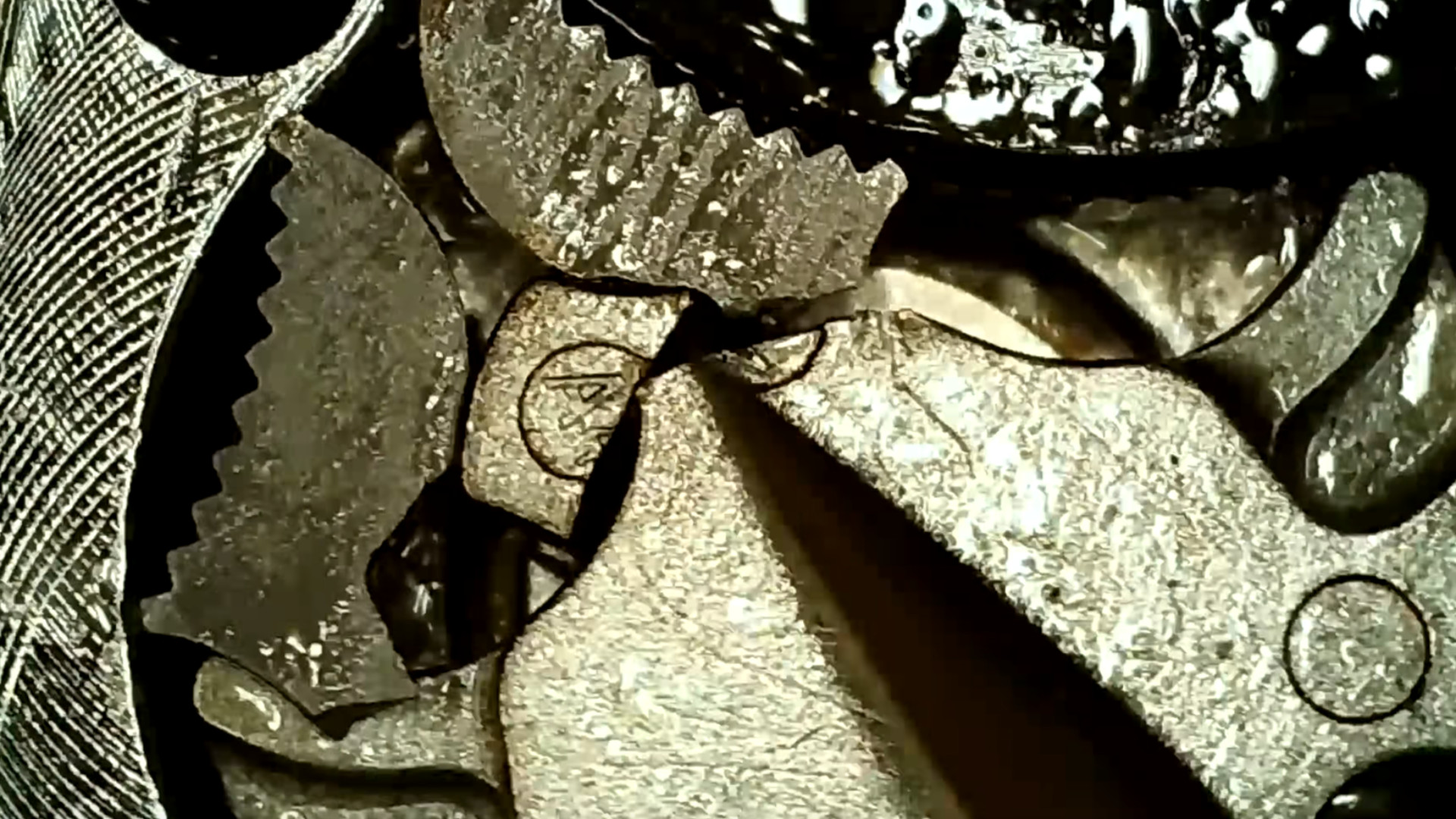
To test the failure load, he fixes each wrench to a strain gauge and hauls on them with a breaker bar. I’m not going to lie; it’s rough to see those old wrenches pushed beyond their limits, and the aftermath photos (above) show how dramatically some of the wrenches failed. Not all of them sent parts flying, mind you. This is another test that favors modern engineering; all of the newer wrenches vastly outperformed their vintage equivalents. Seriously, it wasn’t even close.
If this taste of vintage tool testing hasn’t quite sated your thirst, there’s plenty more where this came from. The video continues with evaluations of some vintage adjustable wrenches against their modern counterparts (using a different testing regimen, naturally), and Project Farm has tested everything from cable ties to budget automotive floor jacks. Chances are, if you might need it in your garage, there’s a test somewhere on that channel.
Read the full article here

